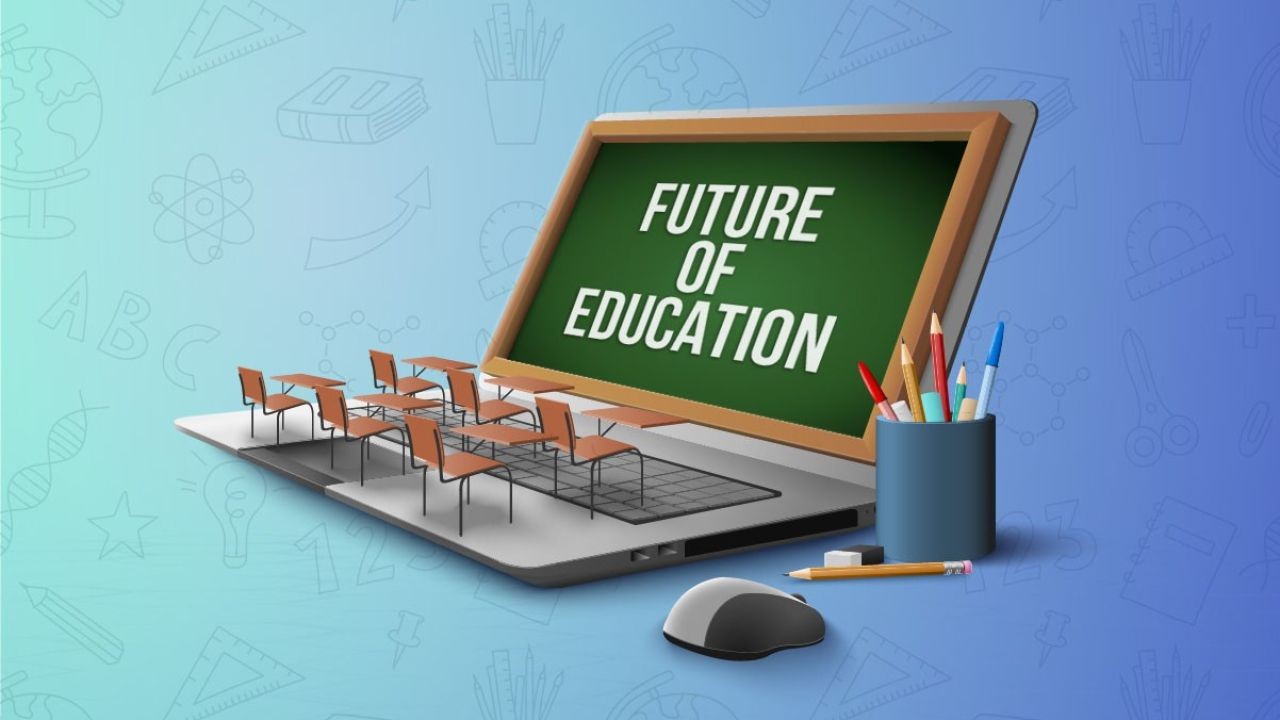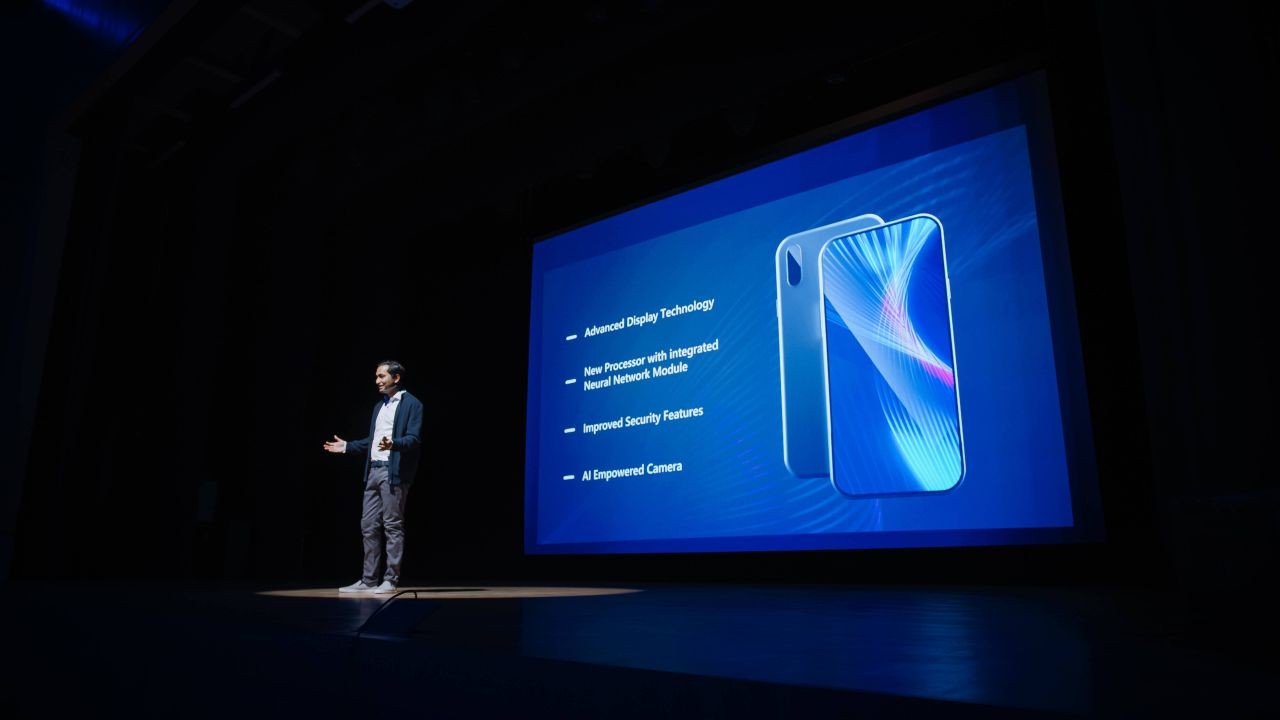Racial disparities in New Zealand’s education system have long been a topic of critical concern, impacting not just the educational landscape but also the socio-economic fabric of the nation. In a country celebrated for its diversity and bicultural heritage, these disparities challenge the notion of equal opportunity and highlight systemic issues that require urgent attention. This article delves into how New Zealand is addressing these disparities, offering data-backed insights, expert opinions, and real-world examples to provide a comprehensive understanding for local business owners.
Understanding the Depth of Racial Disparities in Education
Education is often seen as the great equalizer, yet statistics reveal a starkly different picture for many minority groups in New Zealand. According to Stats NZ, Māori and Pasifika students consistently achieve lower educational outcomes compared to their Pākehā counterparts. For example, only 63% of Māori students attain NCEA Level 3, compared to 82% of European students. This disparity is not merely academic; it has profound implications for employment, income levels, and social mobility.
Case Study: Success in Tailored Educational Programs
The Manaiakalani Program serves as a beacon of hope in addressing these educational disparities. Originating in a low-decile area in Auckland, this program leverages digital technology to enhance learning outcomes. By providing students with digital devices and access to online resources, the program has significantly improved literacy and numeracy among Māori and Pasifika students. So far, participating schools have reported a 40% increase in reading and writing skills.
Government Initiatives and Policy Changes
The New Zealand Government has acknowledged the need for systemic change and has implemented several policies aimed at reducing educational disparities. The Ministry of Education's Ka Hikitia – Ka Hāpaitia strategy is a notable example. This initiative focuses on strengthening Māori education by incorporating Māori culture and language into the curriculum, aiming for equitable outcomes in education.
Moreover, the Pacific Education Action Plan 2020-2030 emphasizes culturally responsive teaching practices tailored to the needs of Pasifika students. These policies are designed to create an inclusive educational environment that respects and celebrates cultural diversity.
Industry Insight: The Role of Technology
Technology plays a pivotal role in bridging educational gaps. According to a report by NZTech, schools that integrate digital tools in their teaching methods have seen a 30% improvement in student engagement and performance. EdTech startups in New Zealand are pioneering solutions that cater specifically to diverse learning needs, offering customized learning paths that can adapt to individual student profiles.
Pros and Cons of Current Approaches
The strategies implemented to address racial disparities in education come with their own set of advantages and challenges. Here’s a closer look at the pros and cons:
Pros:
- Inclusive curriculum: Incorporating indigenous knowledge and perspectives enhances cultural understanding and respect.
- Improved Engagement: Tailored educational programs have shown to increase student participation and motivation.
- Empowerment: Students feel more valued and empowered when their cultural identity is respected and integrated into their education.
Cons:
- Resource Intensive: Implementing culturally responsive teaching requires significant resources and training.
- Resistance to Change: There can be resistance from some educators and institutions to alter traditional teaching methods.
- Measurement Challenges: Assessing the effectiveness of these programs can be complex and requires robust evaluation frameworks.
Future Trends and Predictions
Looking ahead, the adoption of Artificial Intelligence (AI) in education is expected to further address racial disparities. AI can provide personalized learning experiences that cater to the unique needs of each student, thereby leveling the playing field for minority groups. According to a recent report by Deloitte, AI-driven educational tools could potentially improve student performance by up to 50% by 2030.
Debunking Common Myths
Several myths persist around racial disparities in education. Let’s debunk a few:
Myth: "All students have equal access to educational resources." Reality: A 2024 report by the Ministry of Education highlights that schools in low-income areas often lack basic educational resources, exacerbating disparities.
Myth: "Cultural programs are unnecessary extras." Reality: Research from the University of Auckland demonstrates that culturally inclusive programs significantly boost student engagement and achievement.
Myth: "Racial disparities are declining naturally." Reality: Without targeted interventions, these disparities remain persistent, as evidenced by consistent educational outcome gaps reported by Stats NZ.
Conclusion: Taking Action
Addressing racial disparities in New Zealand’s education system is not just a moral imperative but an economic one. Businesses have a vested interest in supporting equitable education, as it leads to a more skilled and diverse workforce. Local business owners can contribute by supporting educational initiatives, partnering with schools, and advocating for inclusive policies.
As we move forward, it is crucial to continue monitoring and adapting educational strategies to ensure they meet the evolving needs of all students. By doing so, New Zealand can pave the way for a more equitable and prosperous future for all its citizens.
People Also Ask (FAQ)
- How does addressing racial disparities in education impact businesses in New Zealand?Reducing disparities leads to a more skilled workforce, enhancing productivity and innovation in businesses.
- What are the biggest misconceptions about racial disparities in education?A common myth is that disparities are declining on their own, but research shows targeted interventions are necessary.
- What strategies are effective in addressing racial disparities in education?Culturally responsive teaching and technology integration are key strategies for reducing disparities.
Related Search Queries
- Racial disparities in New Zealand education
- Māori and Pasifika education strategies
- Inclusive education policies in New Zealand
- Role of technology in education equality
- New Zealand educational reforms


























leahw839139457
5 months ago